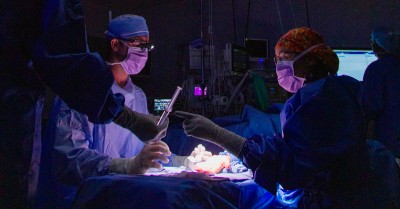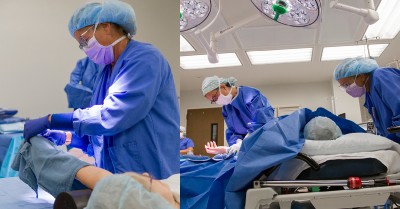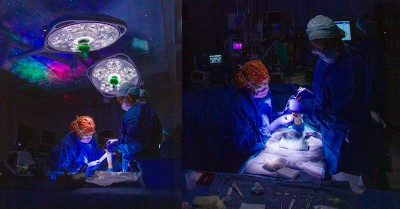
Linda Tylutke of Avoca has a hands-on job roaming the aisles of Walmart to fill online orders, so when her hand began to lock up and prevent her from working, she turned to the Lehigh Valley Orthopedic Institute and Paul Sibley, DO, for help.
The condition Tylutke had is called “trigger finger,” when the tendon that controls the movement of a finger can’t move smoothly in its surrounding sheath. The finger may stick in a bent position, it can “catch” or “pop” when you try to move it, and it can hurt when you try to straighten it. After trying nonsurgical treatments, surgery can correct the mechanical issues causing trigger finger.



